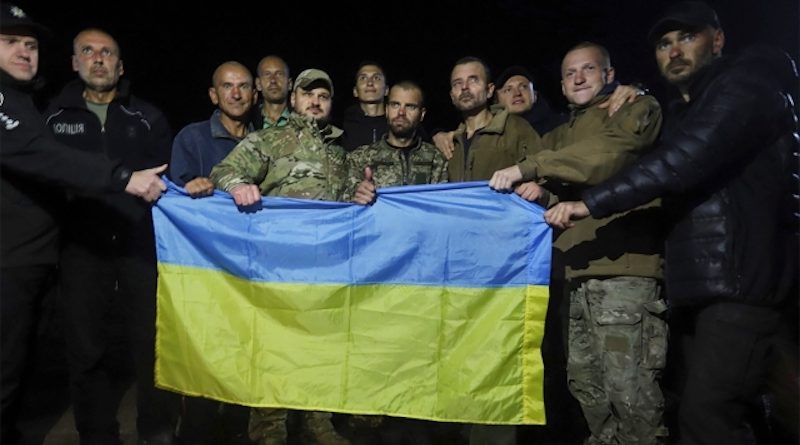What would a win in Ukraine really look like?
By Tara Sonenshine, Professor of Public Diplomacy at The Fletcher School
With growing concern over the social media leaks of plans purporting to lay out how the West will support Ukraine in its counteroffensive against Russia, we are back to wondering: How will this war end?
Perhaps the answer is, it might not.
Consider that in the 13 months since the Russian invasion, thousands of Ukrainian children have been displaced, moved or forcibly transferred to camps or institutions in Russia or Russian-controlled territory, in what Ukraine and human rights advocates have condemned as war crimes.
Save Ukraine, a non-profit organization, has helped some Ukrainian mothers travel 3,000 miles to bring back groups of children, but not all have been reunited with their families. Ukrainians could end up living in Russian pockets within Ukraine or within the former Soviet empire.
Therein lies part of the problem for ending the war in Ukraine.
What Russian President Vladimir Putin has managed to do over many decades is create endless wars by occupying territories in once sovereign parts of the old Soviet Union, nibbling away at countries and establishing a destabilizing presence, creating a grey zone between war and peace.
Using people as pawns, and land as negotiable, Putin establishes Russian enclaves that over time prove difficult to dislodge.
For sure, Ukraine right now is in a country-against-country active war with full-scale military might and Russian air and ground forces. Ukrainians, with Western help, are on the front lines fighting to hold territory and to push Russian forces back, intercept missiles and prepare for a major counteroffensive in the next month with the goal of restoring Ukraine to its democratic, sovereign state.
For eight months, Ukrainians have courageously endured brutal trench warfare in Bakhmut, an obscure mining town that has become a major symbolic piece of land whose fate could shape the course of the war and help imagine its end.
But does Russia ever actually end its wars?
Take Crimea. In 2014, Putin gave his “Crimea Speech,” announcing the annexation of the peninsula. Making preposterous historical claims, Putin rationalized a military move on the critically important strategic Black Sea territory, which became part of Ukraine after the 1991 breakup of the Soviet Union.
With the agreement of the Ukrainian president, Viktor Yanukovych, Putin created a “special status” for Sevastopol inside Ukraine. Even after Yanukovych fled, Putin retained forces in Crimea, held a phony referendum on its status and watched how the West protested but did little to dislodge the Russians.
Now it will fall to Ukraine to take back Crimea.
If not, Ukraine remains nibbled at from within. Another option for Ukraine is some kind of international presence or a naval blockade of Crimea. But these options fall short of a full win.
Georgia is another example of Russia’s endless war strategy. In 2008 Russia launched an invasion, calling it a “peace enforcement” operation. Despite Western outrage and internal dissent, Putin has continued to keep a hand in Georgia. Russia never removed its forces from Abkhazia and South Ossetia, creating sealed-off Kremlin protectorates that behave as independent city-states within Georgia.
In the last few months, Russians have spilled into Georgia to escape being drafted for the war against Ukraine or to avoid Western sanctions. Their presence outside the Russian zones is worrisome to Georgia and reminiscent of how Russians still feel free to move around outside Russia.
Which brings us back to Ukraine. With Russian forces still trying to hold areas of Ukraine in oblasts such as Luhansk and Donetsk, and threatening to retain forces in Zaporizhzhia and Kherson, it is too early to predict the outcomes of those battles. But we see signs of how Putin plants seeds for the future even as the battles unfold. In Kherson, there are examples of the Russian military using so-called “passportization” to intimidate the local population into becoming Russian even before Russia can claim the territory.
The patterns of Russian behavior suggest that Putin may never leave Ukraine fully alone to manage 100 percent of its country without fear, intimidation and territorial confusion.
None of this suggests the United States and its allies should cease assisting Ukraine, militarily, economically and through humanitarian aid. We must. But we also need to be clear-eyed about what a win in Ukraine may look like.
(This post was republished from The Hill.)

